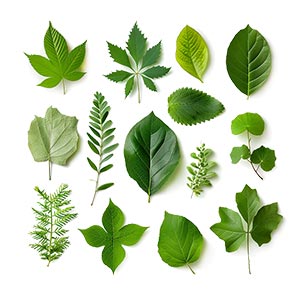Green Leaves in perfumery often represent the essence of freshness and naturalness. The concept of green notes in fragrances, which includes elements like green leaves, traces its origins back to the period following World War II. This was a time when there was a collective yearning for renewal and hope, and the fresh, dynamic character of green notes like those of green leaves resonated with this sentiment. Green leaves in fragrances capture the essence of nature, often evoking the scent of a crumpled leaf, the freshness of wet grass, or the aroma of a lush, green garden. Perfumers use green notes, including green leaves, to impart a sense of crispness and sharpness to their creations. These notes are typically utilized in the top or heart notes of a perfume, where they bring vibrancy and liveliness. The use of green leaves can be complex; it involves balancing their natural freshness with other elements in the fragrance. Too little, and their volatile nature may fade quickly, but too much can lead to a bitter and overpowering scent. When skillfully blended, green leaves add a unique freshness, enhancing floral, chypre, or even fruity fragrances, making the perfume come "alive" with natural energy.
Natural or Synthetic?
The fragrance of Green Leaves is derived both naturally and synthetically. Natural extraction involves processing various green plant materials to capture their essence, encapsulating the broad spectrum of scents found in foliage. Synthetically, it is recreated using compounds like cis-3-hexenol, a chemical with a fresh-cut grass odor, to replicate the multifaceted green aroma.
Fragrance Families Green Leaves Most Commonly Found In
Show fragrances that contain Green Leaves as a note



